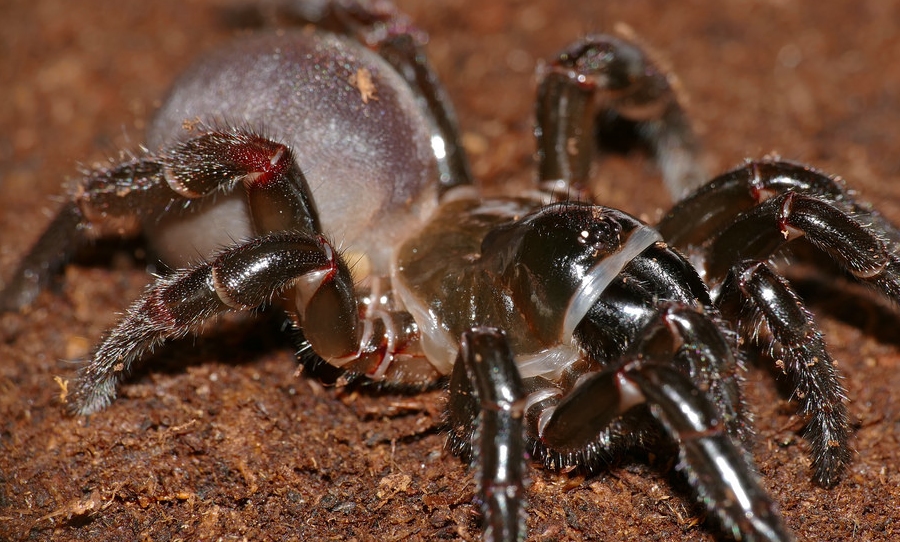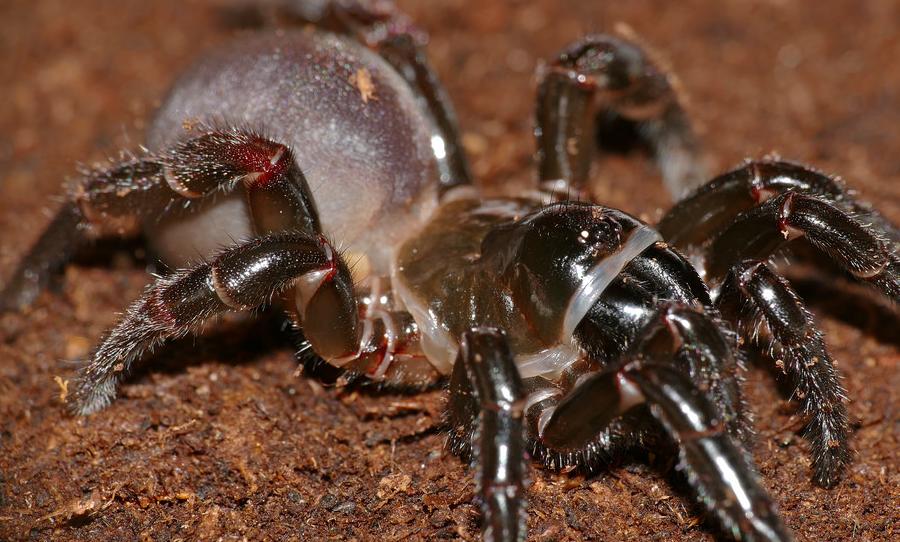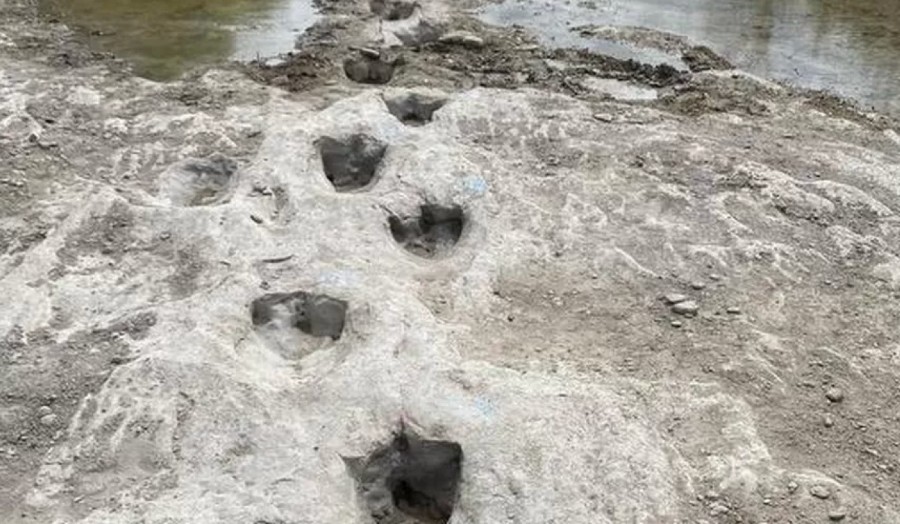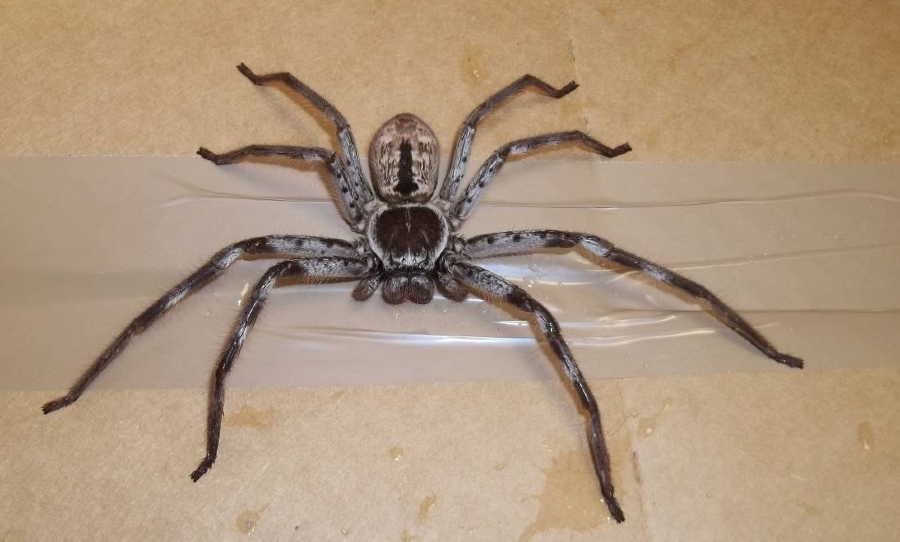A team of researchers from Griffith University and the Queensland Museum have discovered a new group of trapdoor spiders living on the Eastern coasts of Australia. An impressive achievement when you consider that this group of spiders is characterised by their ability to perfectly camouflage their burrows.
These spiders got their name from their habitat; small burrows with trapdoors created using leaves, twigs and silk. The hinge-doors are put into place allowing the spiders to jump up and grab any prey passing by.

Cryptoforis hughesae, a new group of trapdoor spiders has been found by a group of researchers from Griffith University and Queensland Museum.
The team of researchers, led by Dr Jeremy Wilson, published their findings in Cladistics. They chose to name the group Cryptoforis which means “cryptic doors” in reference to the spiders’ distinctive hinge-doors.
As with any animal, when a new group is discovered, the researchers responsible for the discovery characterise one species that acts as a reference point for the group. For Cryptoforis, lead researcher Dr Wilson named the key species Cryptoforis hughesae, in commemoration of his retired supervisor and mentor Emeritus Professor Jane Hughes. Hughes, whose research is world-renowned, specialised in population ecology, phylogeography, biogeography, and evolutionary biology.
In a statement from Griffith University, Dr Wilson said, “Jane has had a huge impact on my development as a scientist, and no doubt on many others having mentored more than 70 postgraduate students and over 60 honors students,”
The group of spiders that can be found in the surrounds of the Griffith University campuses in Brisbane Dr Wilson continued, “a fitting tribute for everything she has done for me and so many others at Griffith University.”
Dr Michael Rix, the co-author and Principal Curator of Arachnology at the Queensland Museum, agreed with Dr Wilson’s decision to name the group after Hughes, stating, “I was extremely pleased when Jeremy told me that he wanted to recognise Emeritus Professor Hughes’ extensive contributions in this way”.
Dr Wilson discovered that this genus held molecular differences in comparison to other trapdoor spiders, making them a group of their own.
“The incredibly well-hidden burrows they create were also different to other trapdoor spiders in eastern Australia, which is probably why this new group of spiders remained undiscovered in the past,” Dr Wilson said.
“The discovery and description of this group of spiders adds to our knowledge of the diversity of the Australian invertebrate fauna and is also the crucial first step towards protecting these elusive spiders.”



